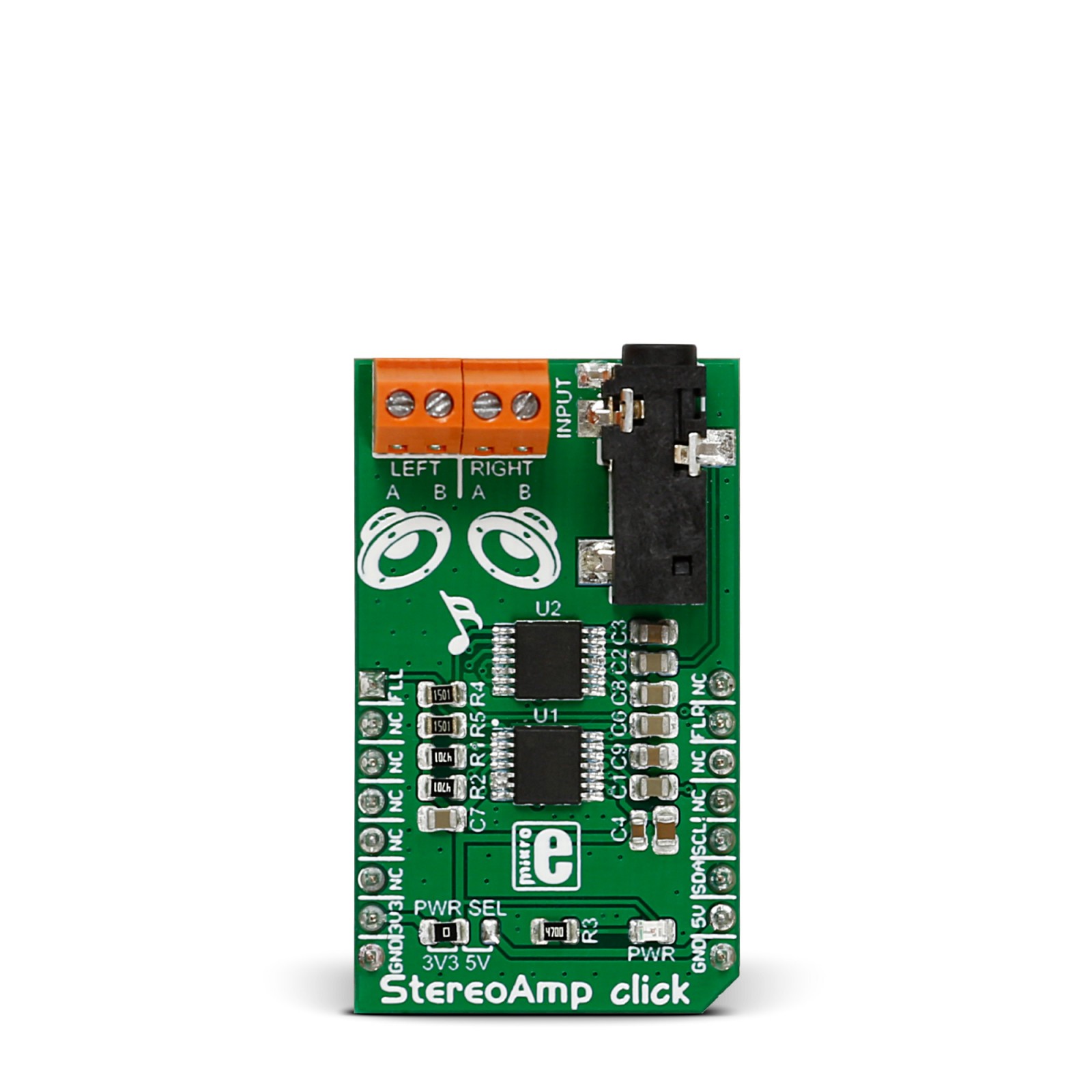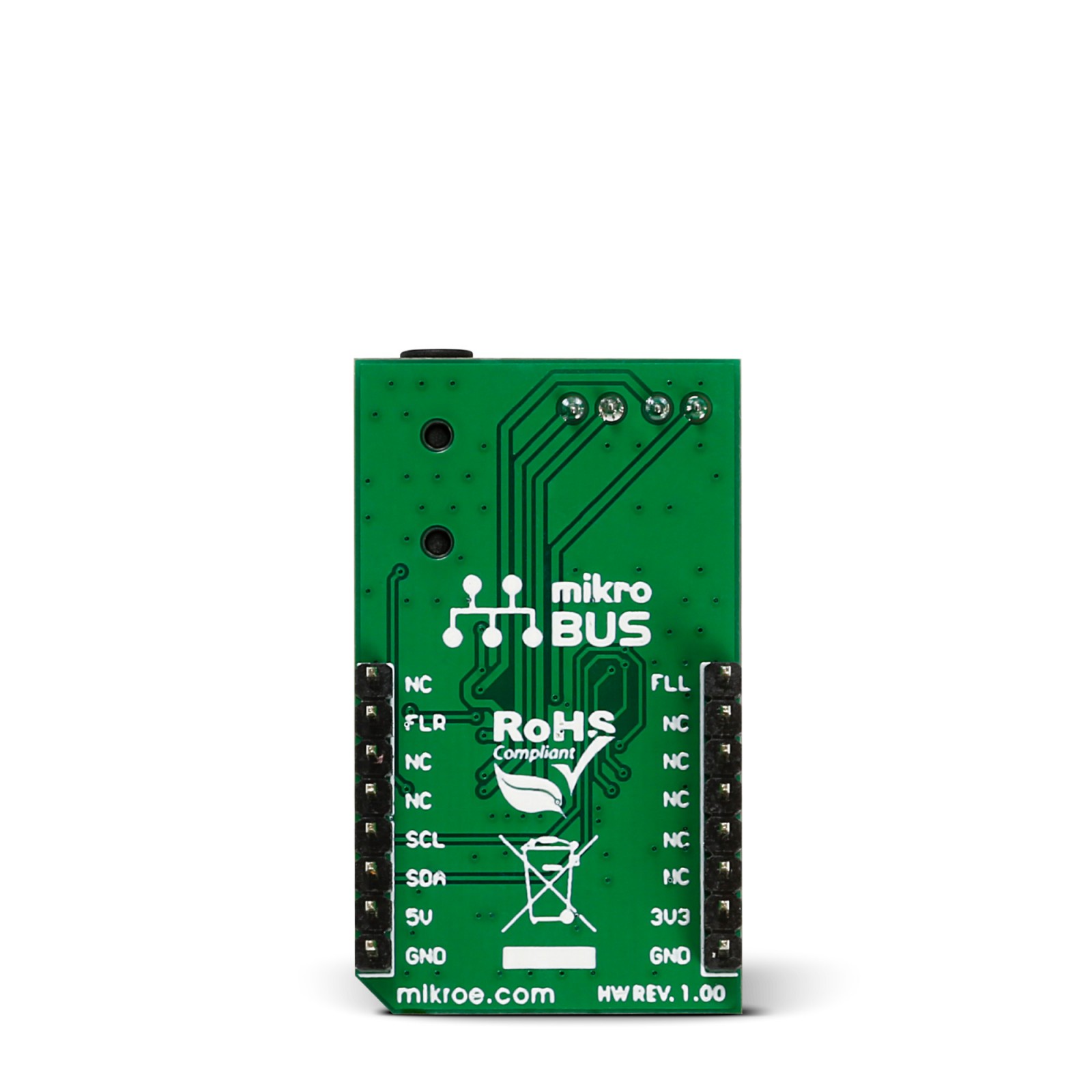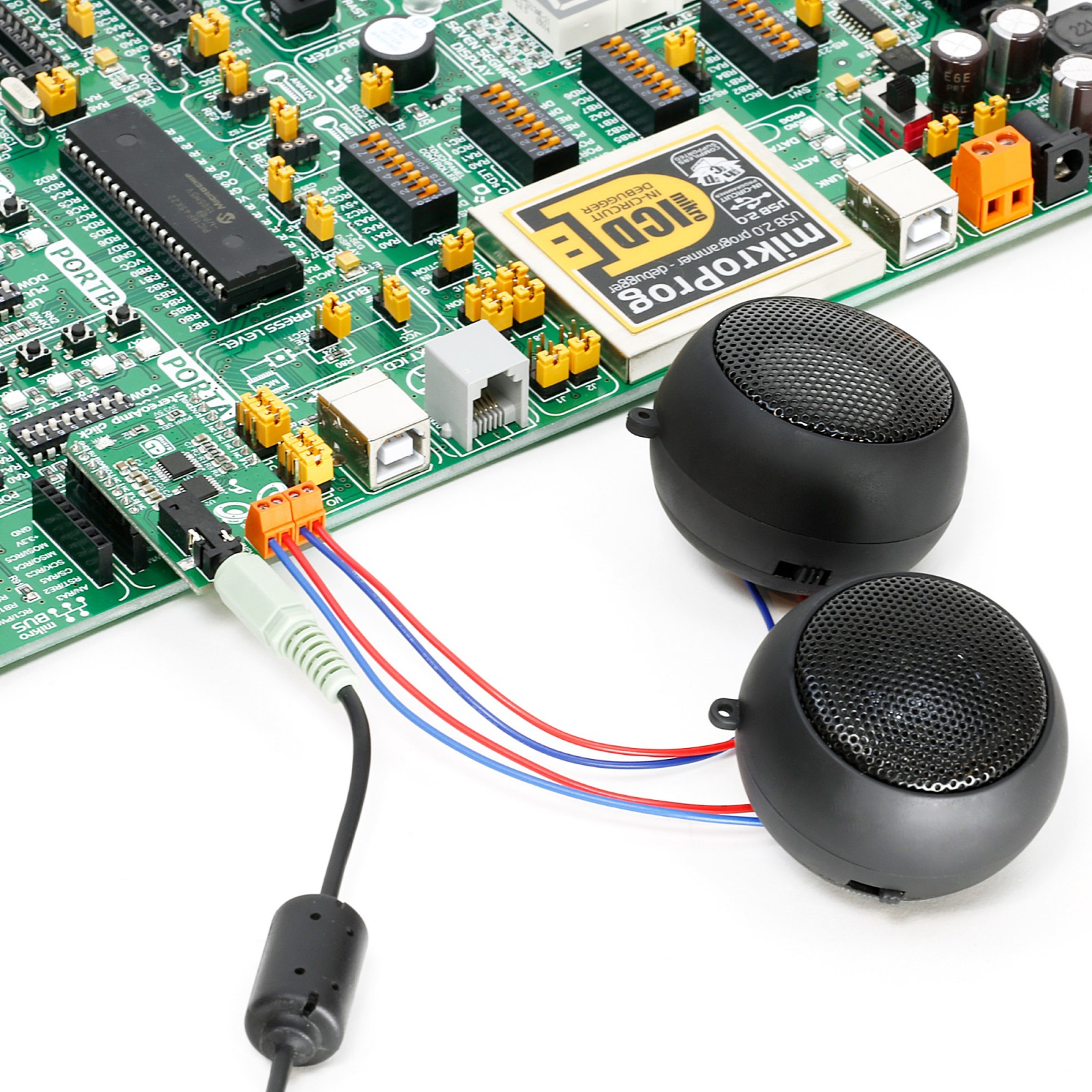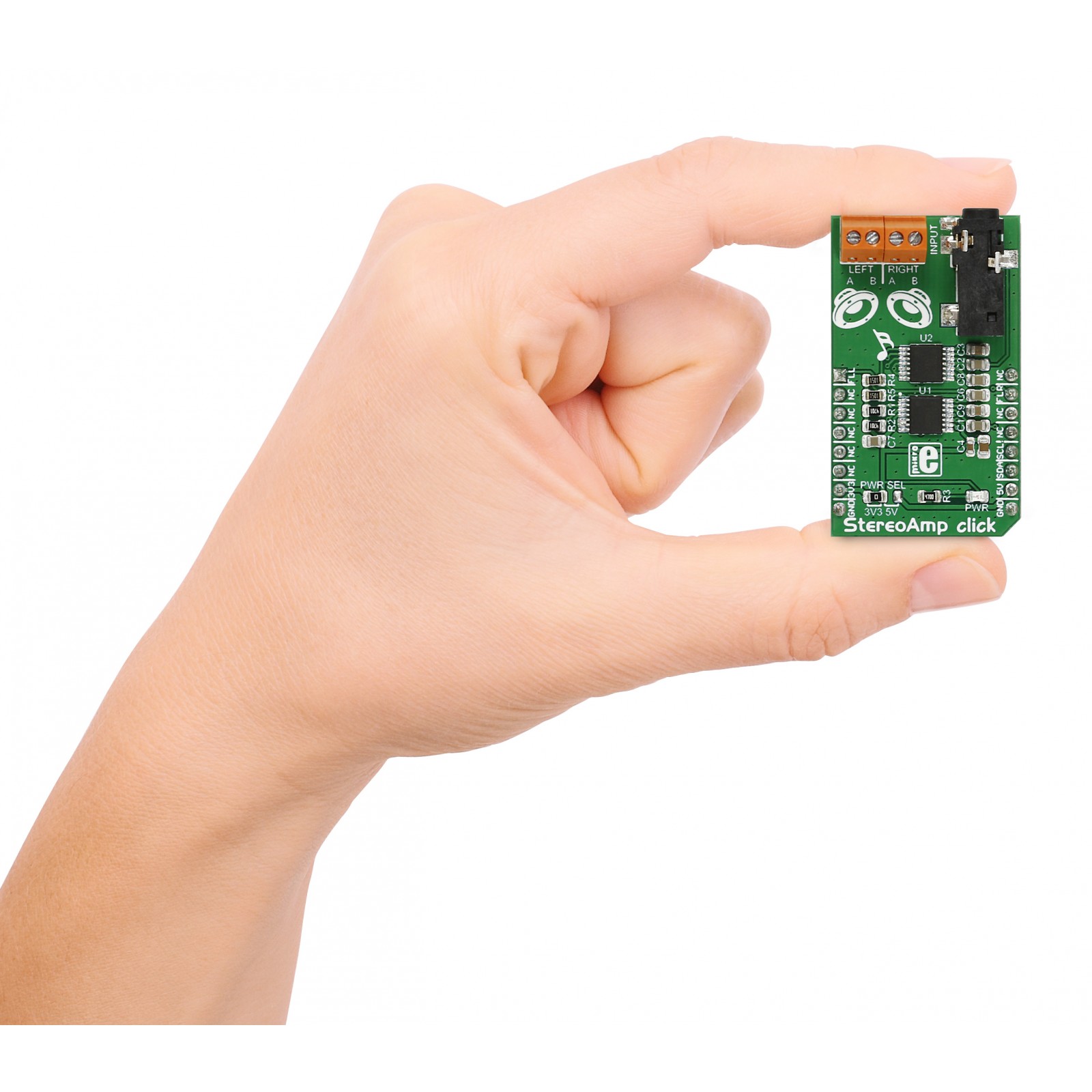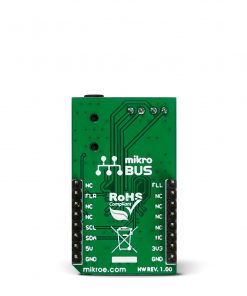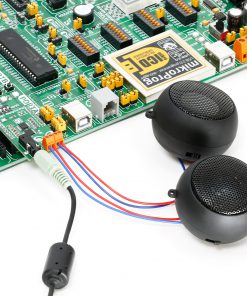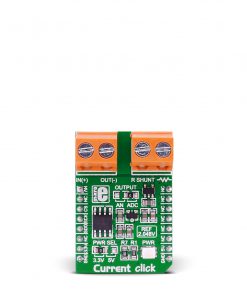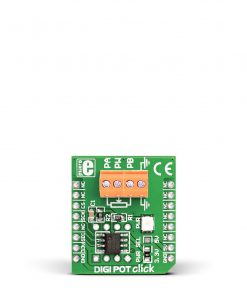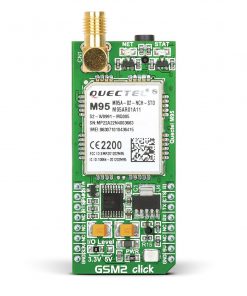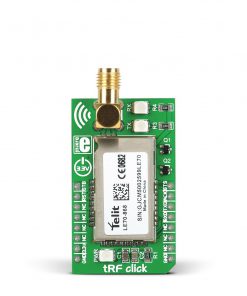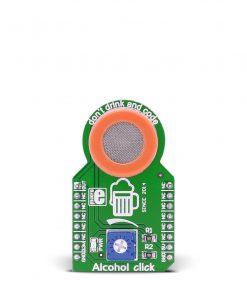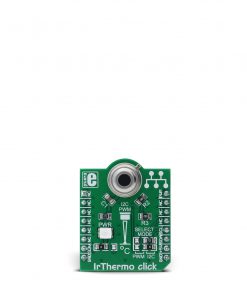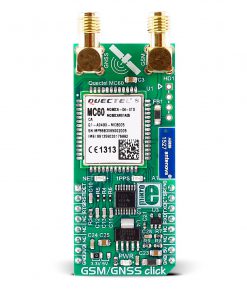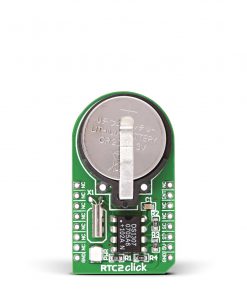StereoAmp Click
R535.00 ex. VAT
StereoAmp Click is a compact add-on board that contains a stereo amplifier. This board features two LM48100Qs, BoomerTM mono audio power amplifiers with output fault detection and volume control from Texas Instruments. When operates from a 5V supply, the amplifiers can deliver 1.3W of continuous output power to an 8Ω load. The high-power supply rejection ratio allows the device to operate in noisy environments. This Click board™ makes the perfect solution for the development of automotive audio devices, hands-free kits, battery-operated devices, computers, MP3 players, and more.
StereoAmp Click is supported by a mikroSDK compliant library, which includes functions that simplify software development. This Click board™ comes as a fully tested product, ready to be used on a system equipped with the mikroBUS™ socket.
Stock: Lead-time applicable.
| 5+ | R508.25 |
| 10+ | R481.50 |
| 15+ | R454.75 |
| 20+ | R437.63 |

